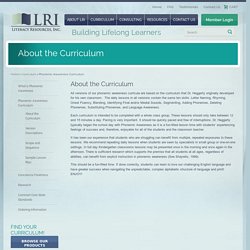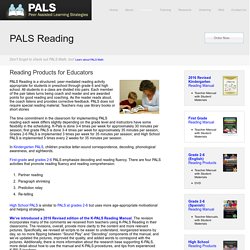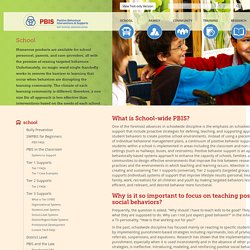

Cody Martin
AIMS Center for Math and Science Education. The Up-Goer Five Text Editor. NSTA News. 10/29/2004 - Roxanne Greitz Miller and Robert C.

Calfee What does it mean to “write to learn science,” and why should we use writing as a vehicle for science learning when other alternatives exist? Many studies have examined the role of writing in the learning process, demonstrating that writing, in conjunction with other activities such as reading and hands-on experiences, contributes to greater critical thinking, thoughtful consideration of ideas, and better concept learning. We would like to add a basic and universal observation to these findings supporting the use of writing, particularly in science: writing makes thinking visible.
Few activities can achieve what writing can in science—enabling students to self-assess complex content knowledge and allowing the teacher to assess the student in two dimensions: overall writing ability and specific content area achievement. A CORE Framework The CORE Model incorporates four elements: Connect, Organize, Reflect, and Extend. Acknowledgment. Longman Dictionary of Contemporary English. Merriam-Webster's Learner's Dictionary. LRI About the Curriculum. All versions of our phonemic awareness curricula are based on the curriculum that Dr.

Heggerty originally developed for his own classroom. The daily lessons in all versions contain the same ten skills: Letter Naming, Rhyming, Onset Fluency, Blending, Identifying Final and/or Medial Sounds, Segmenting, Adding Phonemes, Deleting Phonemes, Substituting Phonemes, and Language Awareness. Each curriculum is intended to be completed with a whole class group. These lessons should only take between 12 and 15 minutes a day. Pacing is very important. It has been our experience that students who are struggling can benefit from multiple, repeated exposures to these lessons.
This should be a fun-filled time. PALS Reading. Reading Products for Educators PALS Reading is a structured, peer-mediated reading activity appropriate for students in preschool through grade 6 and high school.

All students in a class are divided into pairs. Each member of the pair takes turns being coach and reader and are awarded points for good reading and coaching. National Reading Panel. Note: The National Reading Panel was convened by Congress in 1999 and has not been reconvened.

The information on this page is provided for historical purposes only. The page is not being updated. Overview In 1997, Congress asked the NICHD, through its Child Development and Behavior Branch, to work with the U.S. Department of Education (ED) in establishing a National Reading Panel that would evaluate existing research and evidence to find the best ways of teaching children to read. The 14-member Panel included members from different backgrounds, including school administrators, working teachers, and scientists involved in reading research.
On April 13, 2000, the National Reading Panel concluded its work and submitted its final reports. Topic Areas Specifically, Congress asked the Panel to: In addition, the National Reading Panel held public hearings where people could give their opinions on what topics the panel should study. More Information. PALS Reading. Official DIBELS Home Page : UO DIBELS Data System. School. School Climate: Academic Achievement and Social Behavior Competence The purpose of this technical brief is to provide an operational and applied overview of school climate that can guide decisions related to policy, professional development, and practice and systems implementation at the classroom, school, district, and state levels (by Center for Positive Behavioral Interventions and Supports) School-wide Evaluation Tool Implementation Manual The SET Implementation Manual was developed to provide guidance and technical assistance to those who would like to use the School-wide Evaluation Tool (SET) to assess a school’s fidelity of implementation of school-wide positive behavior support.

Tier 3/Tertiary Series Training Resource Guide from Illinois PBIS Bully Prevention in Positive Behavior Support From 60 to 600:The Perfect Storm (APBS 08) The presentation describes the features and procedures for moving evidence-based educational practices from demonstrations to large-scale adoptions.
Adapted Physical Education. Special Olympics.